Maya News Updates 2007, No. 35: Aventura - New Maya Site in the Corozal Area in Belize
On Friday, June 1, 2007, the online version of the Belizean newspaper The Reporter posted a short notice on the recent discovery of a Maya site now called Aventura, in the Corozal area of Belize (edited by MNU):
Aventura: Ancient Maya city discovered on modern papaya farm in Corozal - Archeologists say they have stumbled on three Mayan foundations, which are part of a large Mayan city called Aventura, dating back to the early Classic Period of the Mayan Civilization. Among the artifacts retrieved are the bones a man and a woman, believed to be 1,800 years old.
The Belize National Institute of Archaeology have said that they found what appears to be another piece of the Mayan Civilization buried beneath a Papaya plantation in the Corozal area. It is believed that Aventura had seven to ten thousand inhabitants and encompassed an area of two to three square miles.
The discovery came during a pre-construction of Fruta Bomba, a company that falls under the parent company of Brooks Tropicals, a Florida based company that grows and ships new Caribbean Red and Caribbean Sunrise Papayas from Belize. One of the houses measures 26 by 65 feet, and holds four rooms that have not been fully excavated. It is 25 yards from a Mayan temple in the center of the city. This structure is considered to be very large for the Classic Period.
The Belize National Institute of Archaeology have said that they found what appears to be another piece of the Mayan Civilization buried beneath a Papaya plantation in the Corozal area. It is believed that Aventura had seven to ten thousand inhabitants and encompassed an area of two to three square miles.
The discovery came during a pre-construction of Fruta Bomba, a company that falls under the parent company of Brooks Tropicals, a Florida based company that grows and ships new Caribbean Red and Caribbean Sunrise Papayas from Belize. One of the houses measures 26 by 65 feet, and holds four rooms that have not been fully excavated. It is 25 yards from a Mayan temple in the center of the city. This structure is considered to be very large for the Classic Period.
Its size and the ornate pottery which includes double mouthed jars used to carry water indicate that it’s owner-family was perhaps not royalty, but had royal connections. One of two other structures excavated south of the residence measured 200 feet. The other structure north of the residence measured almost 1,000 feet.
Archaelogists also found two skeletal remains buried beneath the house’s thick (18 inches) limestone rock floor. The crypts were in a back room that had been cut into the earth and lined by stones approximately 12 by 12 inches in size. The stones were precisely cut and plastered, again indicating the wealth of the residents. Each side of the crypts were six feet high, and the tops were six feet wide, each filled with fine soil.
As was the Mayan tradition in this region, a vessel was placed with the remains, possibly to aide the dead through the underworld. In this excavation, the woman had a bowl placed over her head, and the man had a large family heirloom plate over his.
Mayans usually placed the vessels under the head. These burials are unusual in this aspect, noted Chief Archeologist Jaime Awe. A small jade piece was also found. Other skeletons were also unearthed but found outside the residence. The more important findings will be housed at the National Museum in Belize City, but the Institute of Archeology is allowing the company to erect a display area in it’s recreation centre for employees and the community to view (written by Joseph Stamp Romero; source The Reporter).
Archaelogists also found two skeletal remains buried beneath the house’s thick (18 inches) limestone rock floor. The crypts were in a back room that had been cut into the earth and lined by stones approximately 12 by 12 inches in size. The stones were precisely cut and plastered, again indicating the wealth of the residents. Each side of the crypts were six feet high, and the tops were six feet wide, each filled with fine soil.
As was the Mayan tradition in this region, a vessel was placed with the remains, possibly to aide the dead through the underworld. In this excavation, the woman had a bowl placed over her head, and the man had a large family heirloom plate over his.
Mayans usually placed the vessels under the head. These burials are unusual in this aspect, noted Chief Archeologist Jaime Awe. A small jade piece was also found. Other skeletons were also unearthed but found outside the residence. The more important findings will be housed at the National Museum in Belize City, but the Institute of Archeology is allowing the company to erect a display area in it’s recreation centre for employees and the community to view (written by Joseph Stamp Romero; source The Reporter).








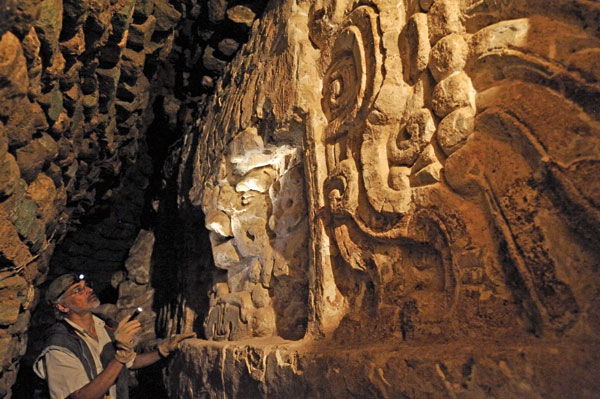
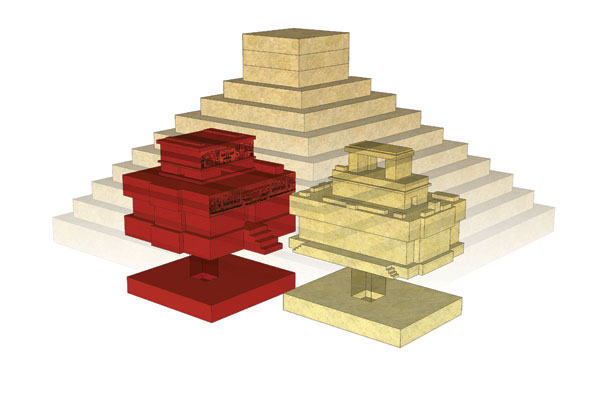
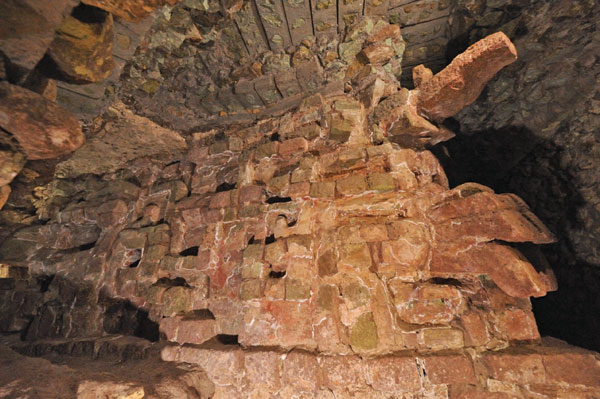





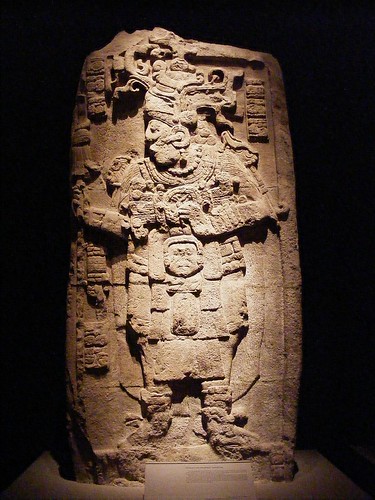


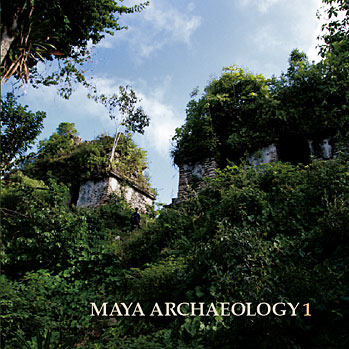









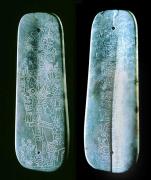
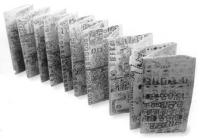

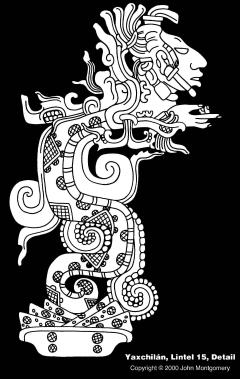

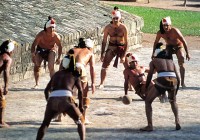


0 Comments:
Post a Comment
<< Home